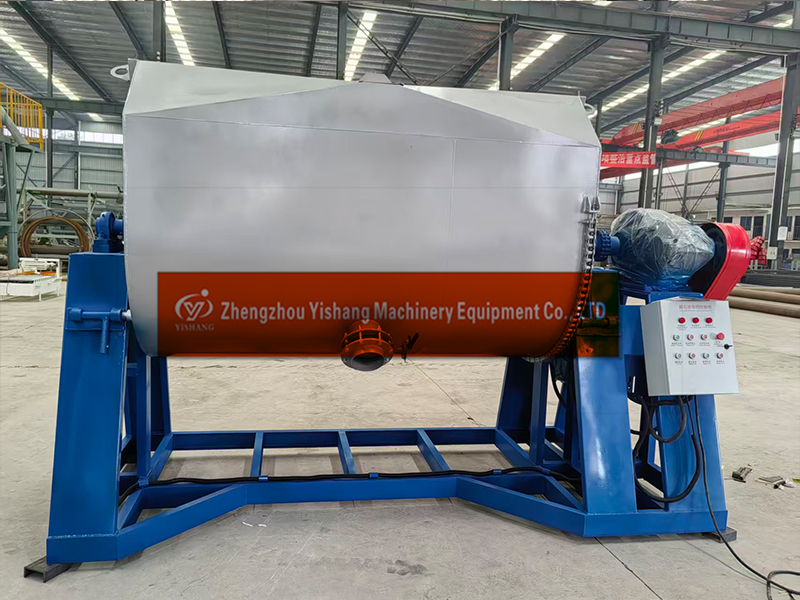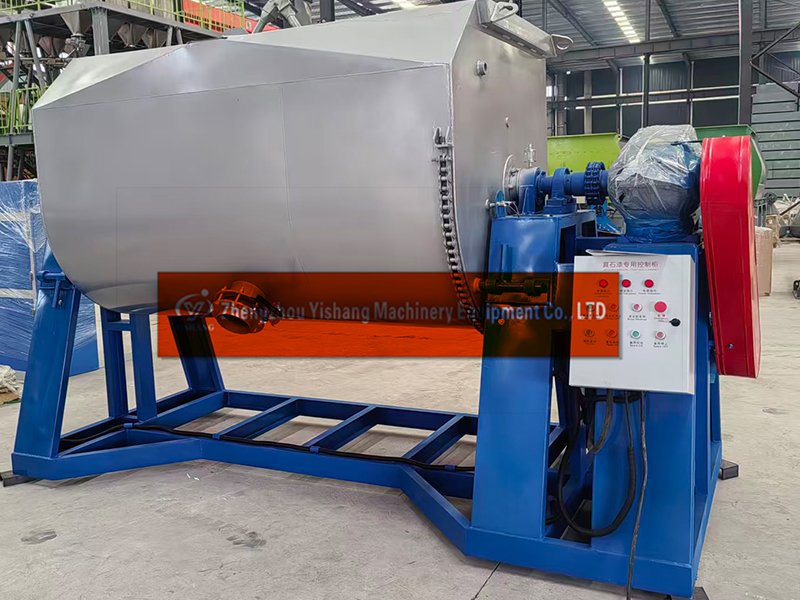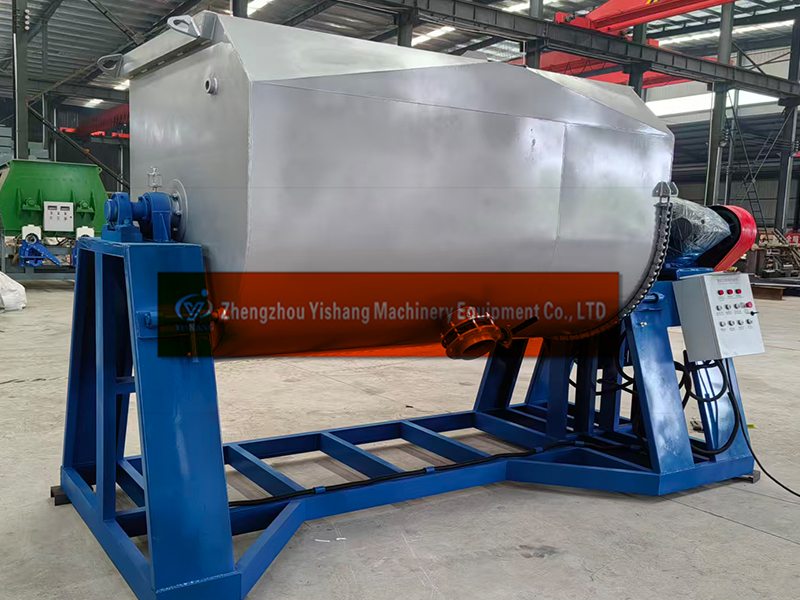How to Choose the Right Production Capacity for Your Liquid Stone Paint Making Machine
 2025-10-31
2025-10-31



Selecting the perfect liquid stone paint making machine is a critical decision that can significantly impact the efficiency, scalability, and profitability of your business. While factors like cost, technology, and after-sales service are important, determining the right production capacity is arguably the most crucial first step. A machine that is too small will create bottlenecks, while one that is too large will tie up capital and operate inefficiently.
This guide will walk you through the key considerations to help you select a machine with the ideal capacity for your liquid stone paint business.
First, it's essential to understand how capacity is measured.
Batch Capacity (Liters/Kilograms): This refers to the volume or weight of raw materials the mixer can handle in a single production cycle. Common sizes range from small 1ton machines to large 2 ton or more industrial models.
Annual Output (Tons/Year): This is a projection of how much finished product the machine can produce in a year, based on batch size, cycle time, and operational hours.
Key Question: While batch capacity is the machine's spec, your business plan should be based on annual output requirements.
To find your ideal batch size, analyze the following areas:
A. Assess Your Current and Projected Market Demand
Current Orders: What is your existing sales volume? Do you have firm purchase orders or a reliable sales pipeline?
Market Growth: Are you entering a growing market? What is your realistic sales forecast for the next 1-3 years? It's often wise to choose a machine that can handle your projected demand for the next 2-3 years to avoid premature upgrades.
Product Variety: Do you produce many different colors and formulations in small batches, or do you focus on a few high-volume standard colors? Small-batch production for custom colors might favor a smaller, more flexible machine, even if you run it frequently.
B. Analyze Your Raw Material Supply Chain
Consistency: Do you have a reliable, uninterrupted supply of resins, fillers, and stone granules? A high-capacity machine is useless if it sits idle waiting for raw materials.
Storage: Do you have adequate space to store the raw materials needed for larger batch production? Similarly, do you have warehouse space for the finished product?
C. Define Your Operational Model
Work Shifts: Will you operate for 8, 16, or 24 hours? A smaller machine running on multiple shifts can often match the output of a larger machine running on a single shift.
Labor: Do you have the staff to load, operate, and unload the machine for multiple shifts? Automation levels of the machine will affect this.
Cycle Time: Inquire about the total cycle time (mixing, dispersing, cooling, unloading) for the machines you are considering. A faster cycle time increases effective annual output.
Here’s a practical breakdown to guide your decision:
Scenario 1: Startup / Small Business (Pilot Plant or Local Supplier)
Profile: Testing the market, supplying local contractors, or producing custom artisanal finishes.
Recommended Batch Capacity: 1ton - 2ton
Rationale: Lower initial investment, less risk, and flexibility to produce small batches of multiple colors. It allows you to validate your business model before scaling up.
Scenario 2: Established & Growing Business (Regional Supplier)
Profile: You have a solid customer base, consistent orders, and are looking to expand your reach.
Recommended Batch Capacity: 5ton - 10ton
Rationale: This is the sweet spot for many growing companies. It offers a significant boost in output without the massive jump in cost and floor space required for the largest industrial machines. It efficiently serves the needs of distributors and larger construction projects.
Scenario 3: Large-Scale Industrial Manufacturer
Profile: Producing for national distribution, large construction conglomerates, or exporting product.
Recommended Batch Capacity: 10ton - 15ton+
Rationale: Focuses on maximum output and the lowest cost per unit. These are often part of a fully automated production line and require a substantial investment in infrastructure and supply chain management.
The price of a liquid stone paint machine does not increase linearly with capacity. 1ton machine will cost significantly more than a 5ton one, but the cost per liter of production capacity is often lower.
Calculate your Return on Investment (ROI): Estimate how long it will take for the increased output of a larger machine to pay for its higher price tag. If you can't sell the extra production, the larger machine is a poor investment.
Don't Over-invest Early On: For a startup, preserving cash flow is vital. A smaller, reliable machine that gets you to market is often better than a large, debt-financed one.
Before making your final decision, ask yourself these questions:
What is our realistic annual sales target for Year 1 and Year 3?
Do we have the client base to justify a 1 ton+ machine, or are we betting on future growth?
What is our raw material storage and finished goods warehouse capacity?
How many shifts are we willing and able to run?
What is our available budget, including not just the machine but also installation, utilities, and labor?
Final Recommendation:
For most businesses, the most strategic choice is a machine that meets your current proven demand while having ~30-50% spare capacity to accommodate near-term growth without constant strain. This approach minimizes initial risk while providing a clear growth path. Once you consistently operate near this machine's maximum capacity, it becomes the perfect time to invest in a second, larger unit.
By carefully evaluating your market, operations, and finances, you can make a confident investment in a liquid stone paint making machine that becomes the powerful engine of your business's success. +8615137127837 www.drymortarmachinery.com

Whatsapp:++8615137127837
WechatID:+8615137127837
Email:[email protected]
Alibaba Store:
https://zzyishang.en.alibaba.com